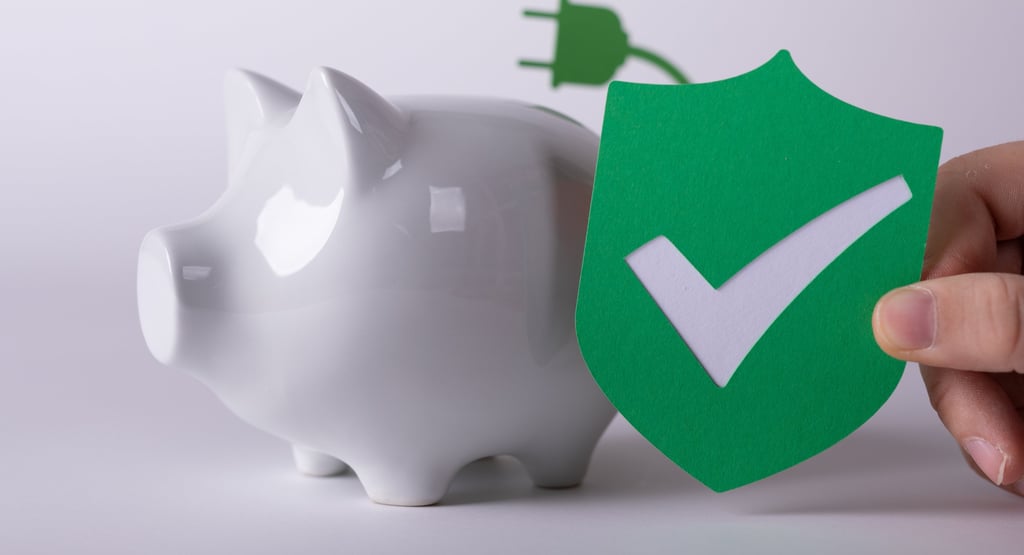Navigating Your Money in 2025: What the Latest U.S. Data Means for Your Wallet
How rising costs, shifting habits, and smart money moves are shaping Americans’ financial resilience in 2025.
Finistack
8/13/20253 min read


A Nation in a Cautious Mood
On a warm July evening in Ohio, Maria sat at her kitchen table, calculator in one hand and a grocery receipt in the other. The numbers didn’t add up—not in her favor, at least. Like many Americans, Maria feels the pinch every time she fills her gas tank, swipes her card at the grocery store, or pays the dentist. She’s not alone. A Pew Research Center survey from April 2025 found that 57% of U.S. adults rate their finances as “only fair” or “poor,” and 28% expect things to get worse in the next year—a sharp jump from just 16% a year ago. The country’s collective mood is one of guarded caution, where optimism exists, but it’s tempered by the reality of rising costs and economic uncertainty.
Inflation’s Quiet Squeeze on Daily Life
In the headlines, July’s headline inflation number—2.7%—looked calm. But beneath the surface, core inflation climbed to 3.1%, fueled by higher prices for healthcare, airfares, and dental care. Tariffs have only added to the pressure, nudging prices up in ways that aren’t always obvious until the bill arrives. For Maria, this meant her monthly credit card statement grew even though her spending habits stayed the same. And with the Federal Reserve potentially holding off on interest rate cuts, the cost of carrying debt remains stubbornly high.
The Rise of ‘Revenge Saving’
But there’s another side to this story—one where people are fighting back. Economists call it “revenge saving.” After years of post-pandemic splurges, Americans are socking money away again. The national personal savings rate climbed from 4.1% in January to 4.9% in April. A survey found 77% of Americans have changed their financial habits this year—half are keeping more cash on hand for emergencies, and 39% are avoiding interest and fees wherever possible. Maria started tucking away $50 a week, not a huge amount, but enough to give her peace of mind. Still, nearly 1 in 5 Americans have no emergency savings at all—a dangerous place to be when prices and uncertainty are both high.
Debt Traps to Avoid
For others, survival means leaning on short-term fixes that could backfire. Buy Now, Pay Later (BNPL) plans are one example—easy to sign up for, but 40% of users have missed at least one payment, leading to fees and damaged credit scores. Student loans are another looming challenge. The national balance stands at $1.8 trillion, and with repayments resuming, only one-third of borrowers are making payments. The rest are prioritizing essentials like rent and groceries. Under the new “One Big Beautiful Bill,” some borrowers could see payments jump by $300 a month, making early planning essential.
Building a Financial Safety Net
So what can someone like Maria—or anyone—do in this climate? The answer is to focus on resilience:
Automate savings and aim for at least 4–5% of your income toward an emergency fund.
Attack high-interest debt first, as rates may remain high into next year.
Avoid risky credit products like BNPL unless you can pay them off in full.
Stay informed on new regulations, such as changes to Consumer Financial Protection Bureau rules, that could affect banking and borrowing.
The Bottom Line
Maria’s story may be hers, but it echoes across millions of households. In 2025, the challenge isn’t just earning more—it’s holding onto what you have and making sure your money works as hard as you do. With inflation stubbornly above target, debt on the rise, and the economy shifting under our feet, financial resilience isn’t just a smart move—it’s survival. Whether it’s $50 a week or $500 a month, building that safety net now can mean the difference between weathering the storm and being swept away by it.
*Disclaimer: This blog may include AI-generated content derived from web crawling, and it features quotes from original-cited inline or public sources. The information presented is for general informational purposes only and may not reflect the most current data or information available. While we strive for accuracy, we encourage readers to verify the information from original sources or reach out to a certified financial adviser for important financial decisions.
